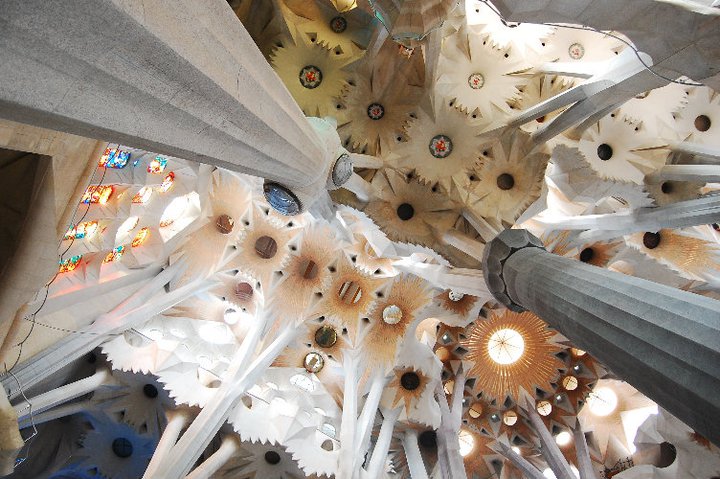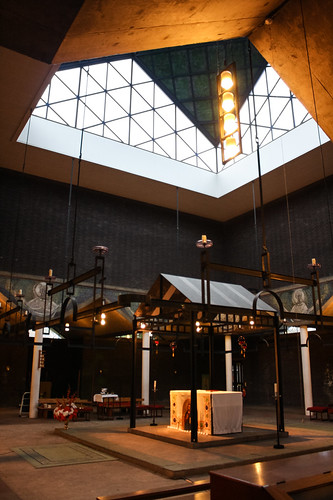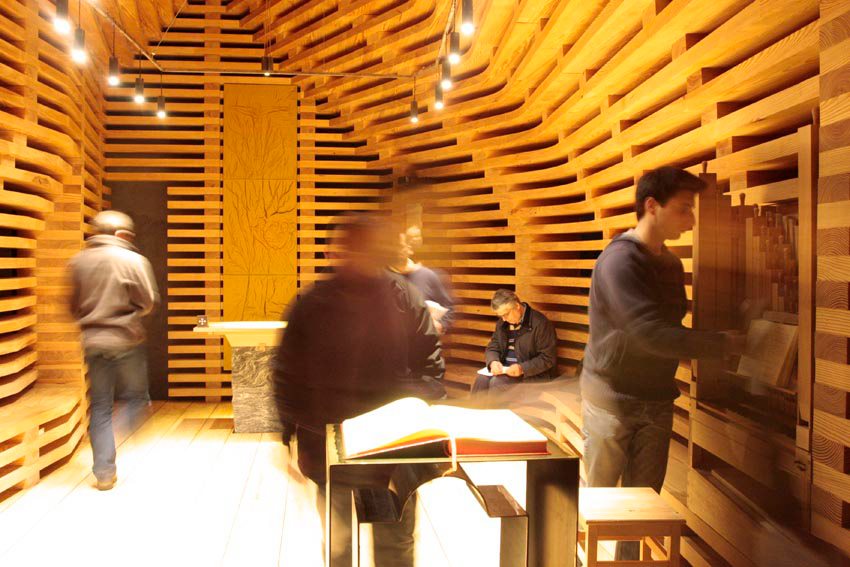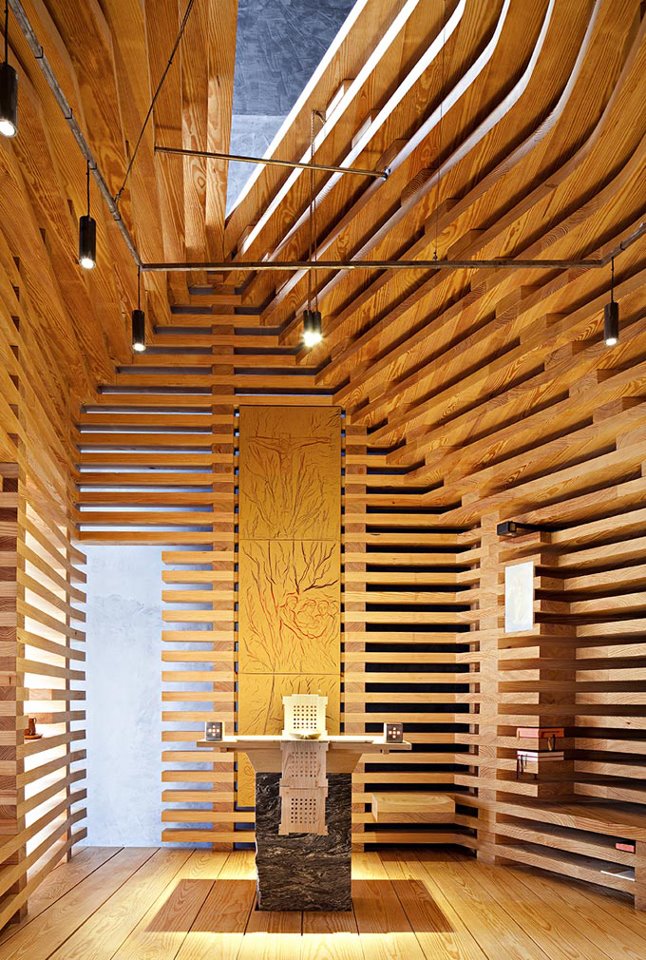This video has been making the rounds this week on everything from The Atlantic Cities to Gizmodo to HuffPo. Since I've posted on the Basilica and Expiatory Temple of the Holy Family (Basílica i Temple Expiatori de la Sagrada Família) in the past (on the occasion of its consecration), and I'm going to feature it in a lecture in the spring, it's worth sharing again.
So there it is! La Sagrada Familia rendered as complete, c. 2026. The descriptions were always grand, but it is even more complex and massive than I expected. The video is very well made, building up each pice to reveal the underlying structure before showing the end result.

Of course many of the outlets covering the video release refer to the building as "cathedral," but we all know better than that. Almost all of them refer to the building as "Gaudí's masterpiece," an epithet that is at least an over-simplification. Architecture as a whole has suffered from the insistence on the ideal of the individual artistic genius, and particularly so in this case. No substantial architectural work is ever the work on an individual; the common practice of referring to individuals as their authors marginalizes the work of many and establishes unhealthy expectations of the nature of the work.
In the particular case of La Sagrada Familia, even during Gaudí's tenure, he worked closely with the sculptors and craftsmen on the individual elements. This does not detract from Antonio Gaudí's work, which went even far beyond the typical roles of the architect. His attitude towards this project was more monastic—as it embodied the evangelical counsels—than the obsessive artistic narrative more commonly cited.
He ignored his Catholic faith until he was 42, by which time he was a famous and well-paid architect, something of a dandy courted by wealthy Barcelona industrialists to design their show-off houses. ... Over the next 30 years, he shed his wealth, spent more and more time in prayer, gave up meat and alcohol, put his money into improving the lot of the poor of his barrio, and dedicated himself entirely to the Sagrada Família, convinced that God had called him to this great task. (Austen Ivereigh in the Guardian)
And of course since Gaudí's death, the task of completing the basilica has fallen to many different artists and craftspeople using a wide range of techniques ancient and modern. The story of the ongoing work is at least as interesting as the original design. But perhaps the fact that a building started in the 1880s can be harmoniously and organically grown—and even be improved—by including some of the most cutting-edge digital generative/parametric and fabrication proves the genius of the design. Or at least its flexibility and resiliency, traits not shared by some of the more fussy, ego- and fashion-driven pavilions.




